Kosovo, a landlocked country in the Balkans, borders Serbia, Montenegro, Albania, and North Macedonia. Declaring independence in 2008, it boasts a rich cultural heritage shaped by various civilizations. Pristina, its capital, features Ottoman-era architecture and lively streets. It offers historic sites, stunning landscapes, and diverse traditions. Its cuisine blends Mediterranean and Balkan flavours, with dishes like flija and burek. Visitors enjoy ancient monasteries, natural parks, and vibrant urban life affordably.
Location

Kosovo is located in southeastern Europe, in the central part of the Balkan Peninsula. It covers an area of approximately 10,887 square kilometres. The country has a mix of mountainous regions and fertile plains, making it a diverse destination for exploration. Pristina serves as the capital and largest city, while other important towns include Prizren, Peja, and Mitrovica. The region experiences a continental climate, with cold winters and warm summers.
How To Reach
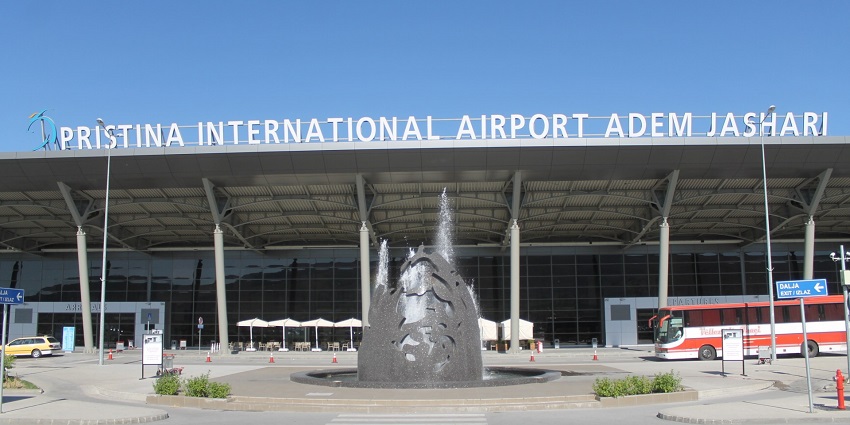
Photo: Typical Albanian / Wikimedia Commons
There are several ways to travel to Kosovo, and here’s how you can plan your journey:
By Air: Pristina International Airport is the main airport, offering flights to major European hubs. Airlines operate services from destinations such as Vienna, Istanbul, and Zurich.
By Bus: Long-distance buses connect Kosovo with major European cities, including Tirana, Skopje, and Belgrade. The bus network is reliable and offers affordable fares.
By Train: Kosovo’s rail system links Pristina with Peja and other regional destinations. However, international train services are limited, and buses are a more common transport choice.
The Best Things To Do In Kosovo
Explore these top things to do in Kosovo, from historic sites and cultural experiences to breathtaking outdoor adventures:
1. Discover Peja And Rugova Half-Day Tour
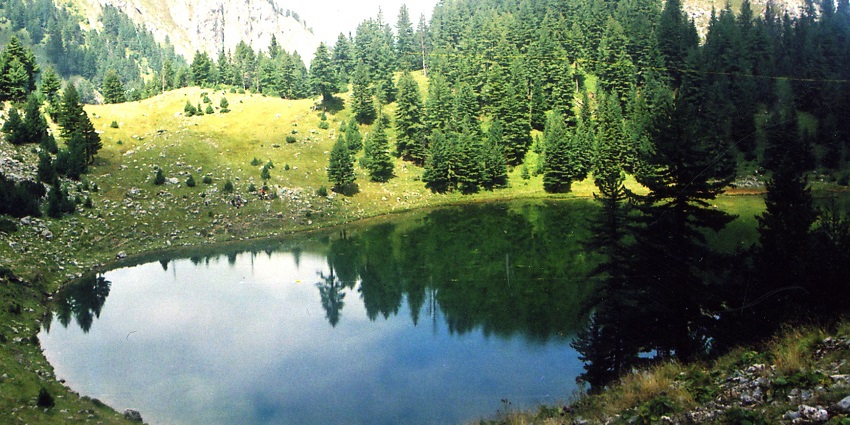
Photo: Agim Mala / Wikimedia Commons
Peja blends cultural heritage with natural beauty, making it an engaging destination. This half-day tour introduces visitors to the dramatic environment of Rugova Gorge, known for its steep cliffs and winding river. The itinerary includes the Patriarchate of Peja, a UNESCO-listed monastery with rich medieval frescoes. Guests can also explore Peja’s traditional market, where local artisans sell handcrafted goods and specialty foods.
Major Attractions: Rugova Gorge, Patriarchate of Peja
2. Cave Trekking – Kosovo

Photo: Rachel Claire / Pexels / Image For Representation Only
Kosovo’s caves offer a glimpse into an underground world filled with striking formations. The Marble Cave, known for its crystallised walls and rare mineral deposits, provides an exciting trek through narrow passages and illuminated chambers. The Radac Cave, featuring an underground river, adds to the adventure. These guided tours offer both educational insights and thrilling exploration opportunities.
Major Attractions: Marble Cave, Radac Cave
3. Prizren Sightseeing
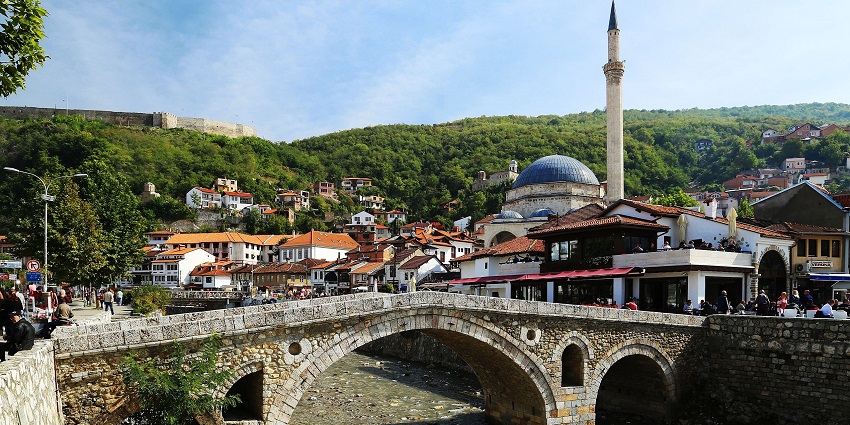
Photo: Tobias Klenze / Wikimedia Commons
Prizren offers a mix of history, culture, and architectural charm. A guided sightseeing tour covers key landmarks such as the Stone Bridge, which connects the city’s historic quarters, and the Sinan Pasha Mosque, known for its intricate calligraphy and Ottoman design. The Old Bazaar presents a chance to explore artisanal crafts and traditional markets. Seasonal festivals showcase local arts, film, and music, making the city a hub for cultural experiences.
Major Attractions: Prizren Fortress, Sinan Pasha Mosque
Places To Visit In Kosovo
You can explore Kosovo’s top attractions, from historic sites to natural wonders, offering a mix of culture, history, and scenic beauty:
1. Gračanica Monastery

Photo: Sasa Micic / Wikimedia Commons
Gracanica Monastery, a UNESCO-listed Serbian Orthodox site, is renowned for its medieval frescoes that depict biblical stories with remarkable detail. Built in the 14th century, this monastery remains an active place of worship and a centre of religious heritage. Its architecture, featuring a blend of Byzantine and Serbian medieval styles, highlights the craftsmanship of the era. The monastery’s peaceful setting attracts both pilgrims and history enthusiasts.
Major Attraction: Byzantine-era frescoes
Timings: 9 AM – 6 PM
2. Germia Park
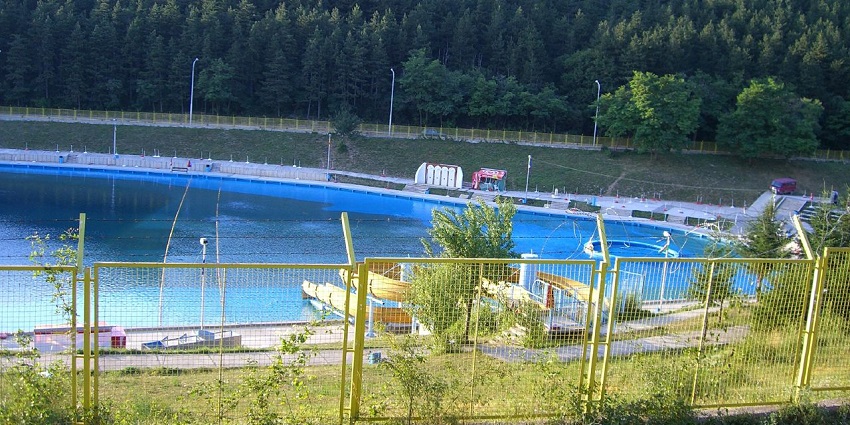
Photo: Shkumbin Saneja / Wikimedia Commons
Germia Park serves as a green retreat in Pristina, providing ample space for recreational activities. The park features well-maintained hiking and cycling trails, making it a favourite among outdoor enthusiasts. Its open fields and designated picnic areas provide a great setting for families and groups to relax. A large swimming pool, operational during summer, offers a refreshing break from the warm temperatures. The park also supports local biodiversity, with various plant and bird species inhabiting the area, adding to its appeal for nature lovers.
Major Attractions: Hiking trails, picnic spots
Timings: Open daily
3. Visoki Decani Monastery
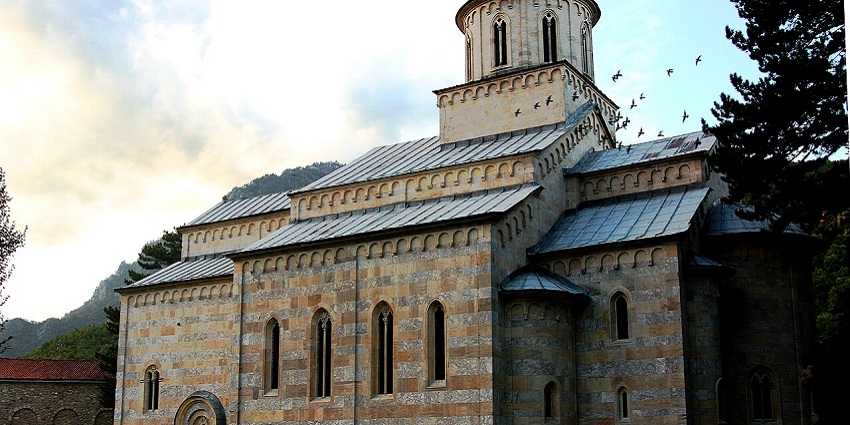
Photo: Sehida / Wikimedia Commons
Visoki Decani Monastery, dating back to the 14th century, stands as a symbol of religious and artistic heritage. The well-preserved frescoes inside the monastery illustrate scenes from the Bible with vivid detail and rich colour schemes. The monastery’s architecture, influenced by Byzantine and Romanesque styles, showcases masterful stone carvings and intricate iconography. Despite historical conflicts, it has remained a significant religious sanctuary.
Major Attractions: Medieval frescoes, monastery architecture
Timings: 10 AM – 4 PM
4. Ethnographic Museum / Muzeu Etnologjik
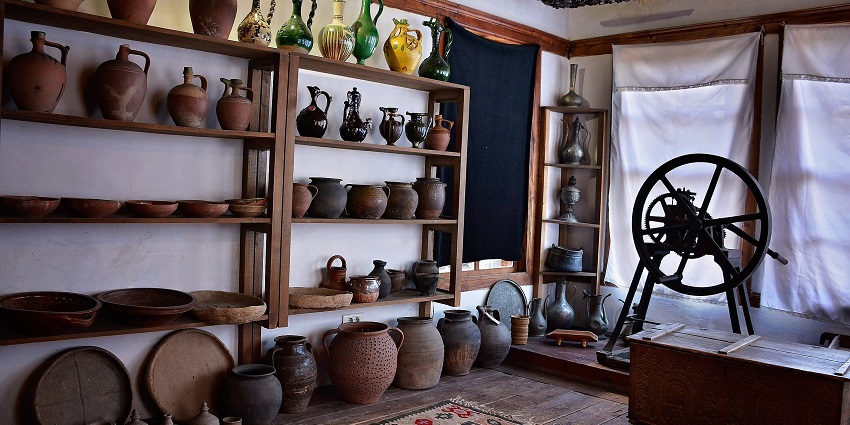
Photo: Ardianlumi / Wikimedia Commons
The Ethnographic Museum in Pristina offers a deep dive into Kosovo’s cultural traditions. Housed in a historical Ottoman-era building, the museum preserves artefacts, traditional garments, and household items from different periods. The exhibits provide insight into the daily lives of past generations, highlighting craftsmanship, social customs, and family structures. Guided tours enhance the experience by explaining the significance of displayed items. The museum’s setting, with wooden interiors and well-preserved architecture, provides an authentic atmosphere for understanding Kosovo’s heritage.
Major Attraction: Traditional Kosovan artifacts
Timings: 10 AM – 5 PM
Entry Fee: €2 / ₹186
5. Kalaja Fortress

Photo: Agonsta24 / Wikimedia Commons
Kalaja Fortress in Prizren stands as a historical landmark, offering a glimpse into Kosovo’s medieval past. Once a strategic military stronghold, its ruins provide insight into the region’s defence history. Visitors can explore remnants of ancient walls, stone pathways and watchtowers that once protected the city. The fortress is a favoured spot for photography, with views of Prizren’s rooftops and surroundings. During sunset, the site offers a dramatic backdrop, making it a popular place for those seeking historical exploration combined with striking scenery.
Major Attractions: Historical ruins, city views
Timings: Open daily
Entry Fee: Free
Where To Stay
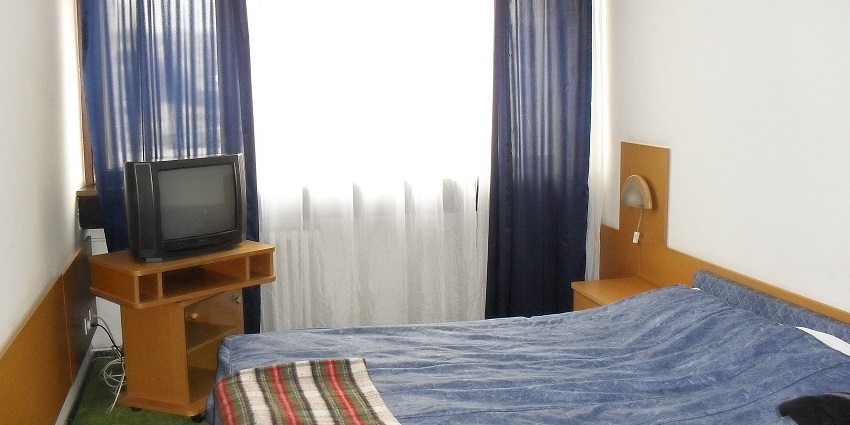
Photo: Kristoferb / Wikimedia Commons
Kosovo provides a variety of accommodation options catering to different budgets. Pristina features modern hotels with amenities such as Wi-Fi, fitness centres, and conference facilities. In Prizren, boutique hotels housed in traditional buildings offer a unique lodging experience. Peja provides stays near natural attractions, ideal for those interested in outdoor activities. Many hotels serve breakfast as part of their service, ensuring a comfortable stay. Budget accommodations start at €20 / ₹1,860 per night.
Where To Eat
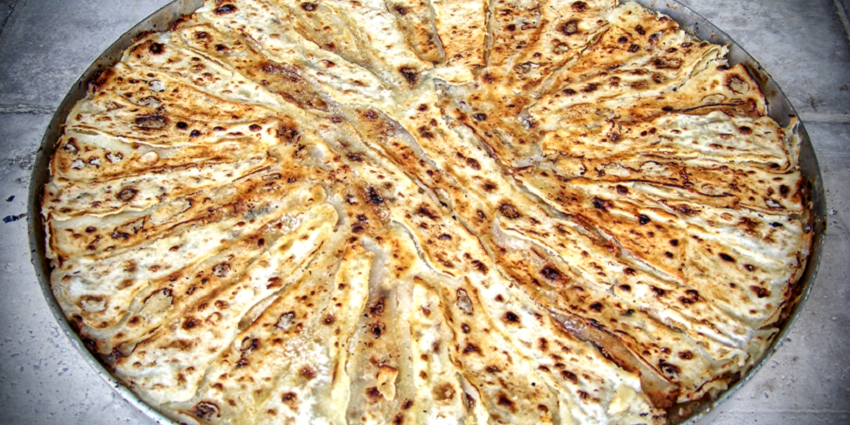
Photo: AceDouble / Wikimedia Commons
Kosovo’s culinary offerings reflect a mix of Balkan and Mediterranean influences. Traditional eateries serve dishes such as flija, layered pastry with cream, and grilled meats cooked with regional spices. Byrek, a flaky pastry filled with cheese or meat, is a common street food. Restaurants in Pristina and Prizren offer both local and international dishes, accommodating various tastes. Meals generally cost between €5 – 15 / ₹465 – 1,395 making dining an accessible experience for visitors looking to explore regional flavours.
Best Time To Visit
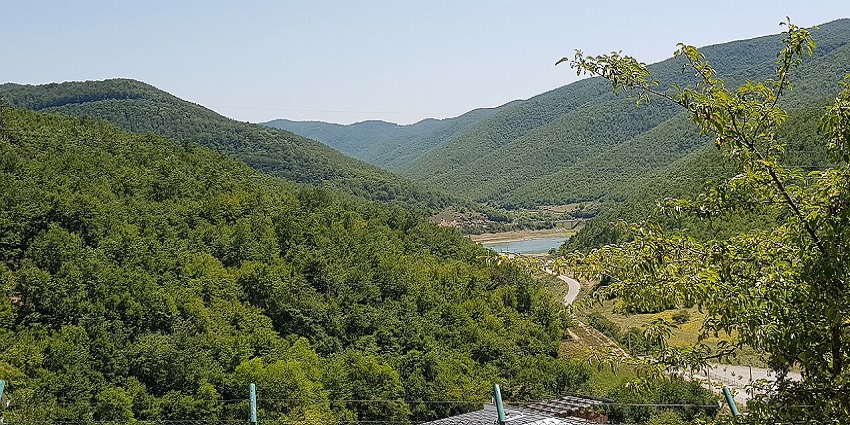
Photo: Ravi Dwivedi / Wikimedia Commons
The ideal period to visit Kosovo is from April to October, when temperatures are suitable for exploring cities and natural sites. Spring brings mild weather, enhancing experiences at historical landmarks and outdoor locations. Summer is best for hiking and visiting national parks, while autumn offers cooler temperatures and fewer crowds. Winter attracts visitors to the Shar Mountains for skiing and snow-related activities. Each season provides unique experiences, allowing travellers to plan visits based on their preferred activities and weather conditions.
Other Factors To Consider
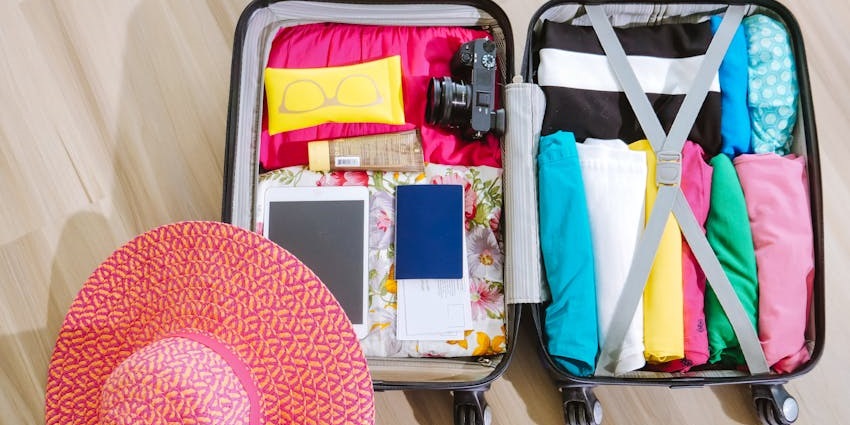
Photo: Kindel Media / Pexels / Image For Representation Only
Average Cost Of The Trip:
A one-week trip to Kosovo typically costs between €300 – 500 / ₹27,901 – 46,503 per person. This estimate covers lodging, meals, and transportation within the country. Accommodation prices vary based on location and type, with budget hotels and guesthouses offering affordable stays. Dining at local restaurants provides an economical option, while public transport and taxis ensure convenient travel. Additional expenses such as entry fees to attractions and guided tours may influence the final cost, depending on personal preferences and itinerary.
Tips For Travellers
- Carry cash, as some places do not accept cards.
- Public transport is affordable but limited in rural areas.
- Learn basic Albanian or Serbian phrases for easier communication.
- Respect cultural and religious sites by dressing modestly.
Kosovo boasts historical, cultural, and natural wonders. Explore ancient monasteries, vibrant markets, and rich heritage. With budget-friendly stays and dining, it suits all travellers. From majestic mountains to verdant valleys, its landscapes captivate. Plan with TripXL to discover must-visit sites, embrace local traditions, and enjoy an unforgettable journey in this remarkable destination.
Cover Photo: Fjolle Ramadani / Wikimedia Commons


 WhatsApp
WhatsApp
 Twitter
Twitter









